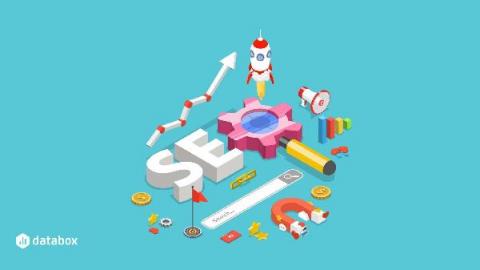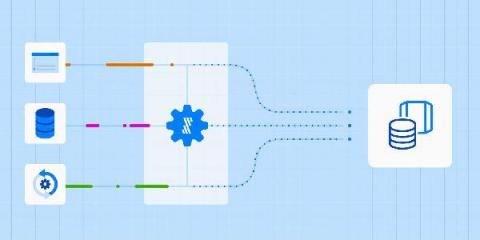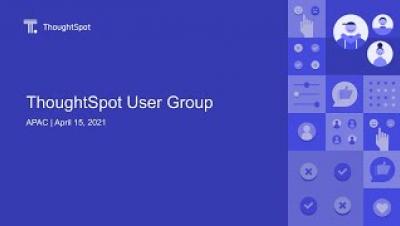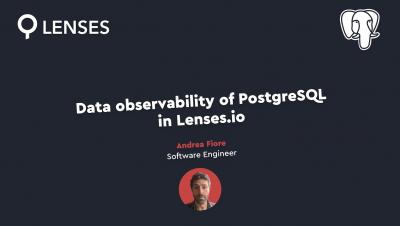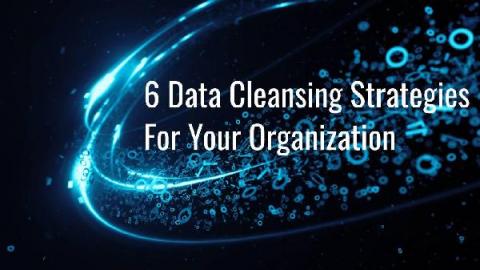Bigtable vs. BigQuery: What's the difference?
Many people wonder if they should use BigQuery or Bigtable. While these two services have a number of similarities, including "Big" in their names, they support very different use cases in your big data ecosystem. At a high level, Bigtable is a NoSQL wide-column database. It's optimized for low latency, large numbers of reads and writes, and maintaining performance at scale.


